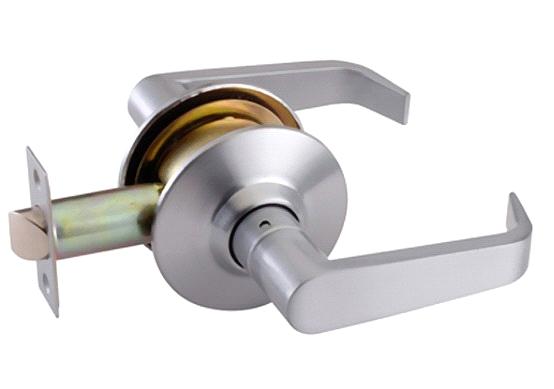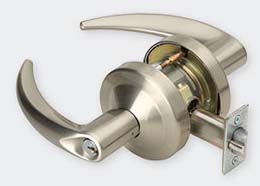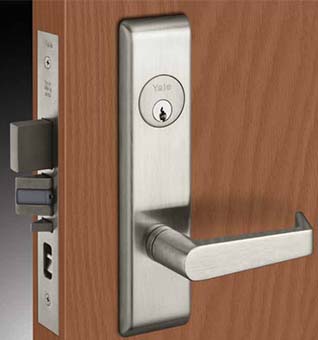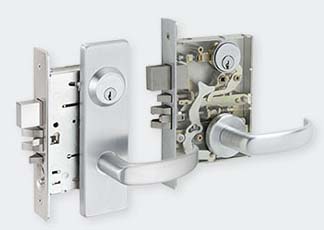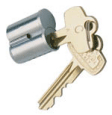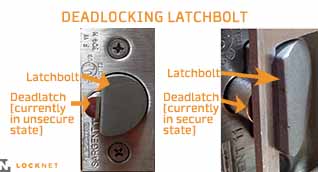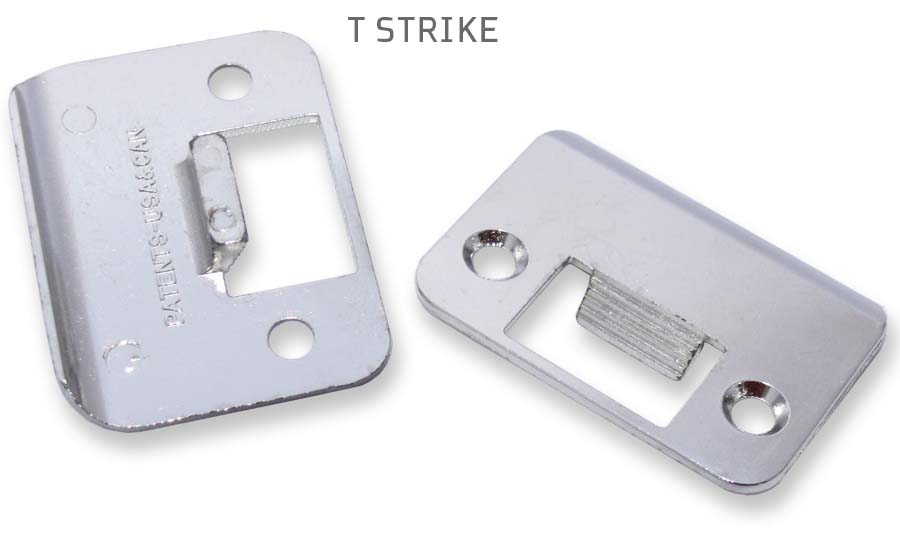 I grew up in the lock industry, but lock terminology still overwhelms me at times. I have a glossary of lock terminology on my desk that is 140 pages. Even so, I know it’s not all-encompassing because the industry has made huge strides since this book was published in 1993.
I grew up in the lock industry, but lock terminology still overwhelms me at times. I have a glossary of lock terminology on my desk that is 140 pages. Even so, I know it’s not all-encompassing because the industry has made huge strides since this book was published in 1993.
Today I want to boil it down and cover some very basic lock terminology you may encounter every day: lock sets.
Lock Terminology: The Basics
Cylindrical Lock:
A cylindrical lock is installed through the door with a knob or lever on either side.
Chasse/Lock Hub:
The chasse (also referred to as the lock hub) is the inside of a cylindrical lock.
Mortise Lock:
A mortise lock is installed into a pocket in the latch side of the door.
Lock Body:
The lock body is the inside of a mortise lock.
Cylinder:
The cylinder is the component of the lock into which you insert your key. In the United States and Canada, there are two main types of cylinders: standard and interchangeable.
Standard cylinders look like a circle, and interchangeable cores look like a figure eight.
Rose:
The rose is the exterior plate on lock sets that acts as a bearing support for the knob or lever. Roses can vary in size, design, and finish.
Latch:
The latch is the element of the lock that protrudes from the latch side of the door. It engages into the strike to secure the door.
There are two different kinds of latches: standard and deadlocking. A standard latchbolt has a flat tip that secures into the strike. Have you ever seen movies where people break into homes with a credit card? I hate to be the bearer of bad news, but this is possible with a standard latch.
If you want to thwart thieves from swiping into your home, you need a lock with a deadlocking latch. A deadlocking latch has a deadlatch that stays depressed when the door is closed. When the deadlatch is depressed, the latchbolt can’t be pushed back.
Strike Plate:
The strike plate is the plate installed on the frame into which the latch engages to secure the door.
Like I said, this is some very fundamental lock terminology. If you’d like to dig deeper, here is another post on more advanced door and lock terminology.
Is there anything else you want to know? Let us know in the comments and we’ll write about it!

